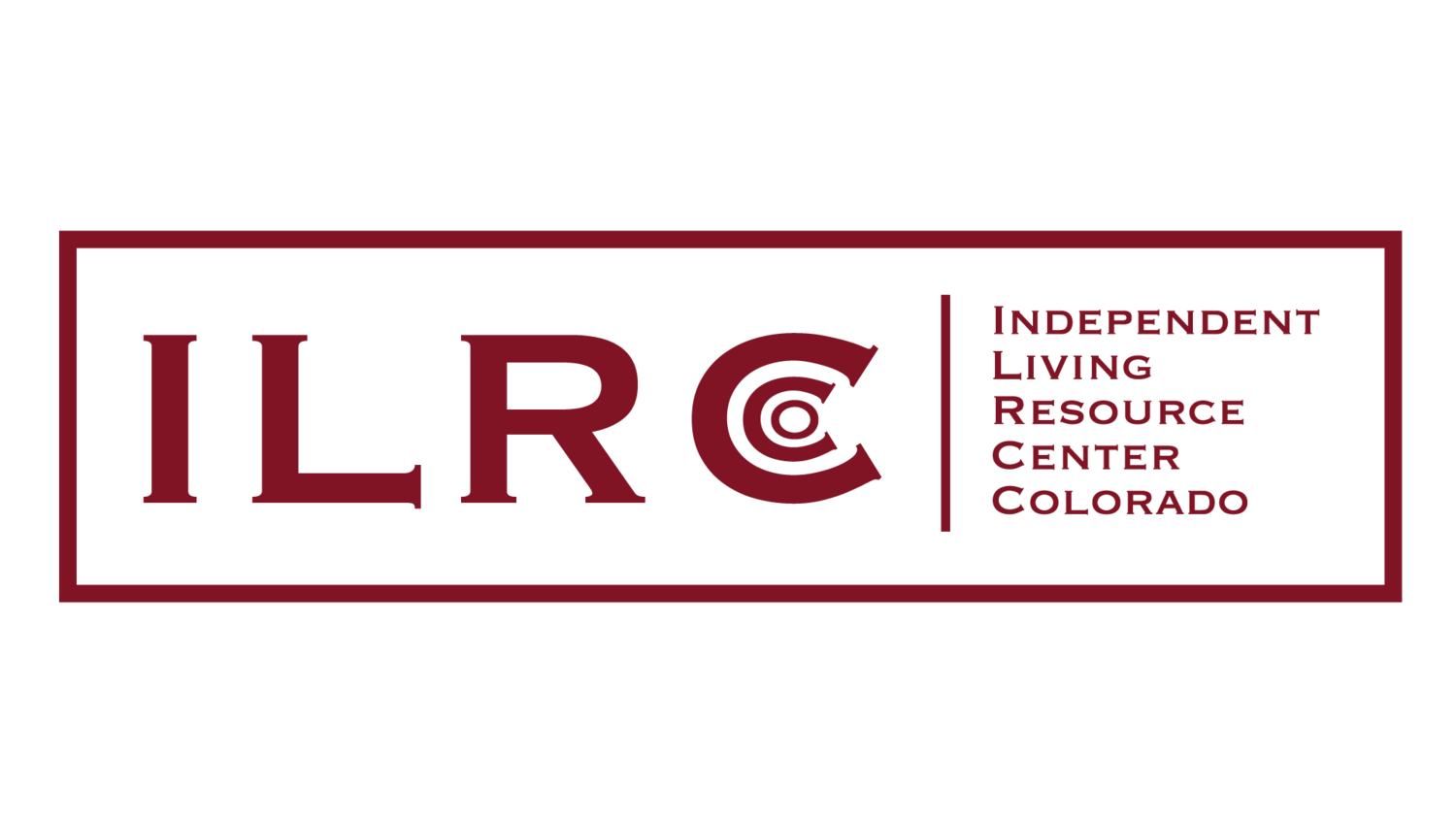Tips for Consumers with Personal Care Attendants
Colorado Department of Public Health & Environment COVID-19 Guidance
Physical distancing is a critical practice for everyone during the COVID-19 response and whenever the virus is active in a community. However, many people rely on providers who come to our homes to support our health and other activities of daily living. Delivering those services, especially for people who may be at higher risk for severe illness from COVID-19, is necessary, even though it makes physical distancing difficult.
People in your household and in-home service providers who support activities of daily living (ADLs) and instrumental activities of daily living (IADLs) may need to have close contact with you during COVID-19.
ADLs are:
Personal hygiene: Bathing, grooming, oral care.
Continence management: Our ability to properly use the bathroom.
Dressing: Our ability to dress ourselves in proper clothes for different occasions.
Feeding: Our ability to feed ourselves.
Ambulating: The extent of our ability to change the position of our bodies and to walk independently.
IADLs are more complex but also reflect on our ability to live independently and thrive:
Companionship and mental support: A fundamental support for keeping ourselves in a positive frame of mind.
Transportation and shopping: How much we can go around or get food or medical necessities without help?
Preparing meals: Planning and preparing meals, including shopping and storing groceries.
Managing our household: Cleaning, tidying up, removing trash and clutter, and doing laundry and folding
clothes.
Managing medications: Our ability to get prescriptions filled, keep medications up to date and take
medications on time and in the right dosages.
Communicating with others: Our ability to connect safely with others, use household phones and mail.
Managing finances: Our ability to manage bank balances and checkbooks and to pay bills on time.
Consider whether you can apply these protective actions to reduce risk while having close contact and to help control and prevent disease while receiving necessary services and care.
Reduce or eliminate exposure from people
Prohibit visitors who are sick or who do not have an essential need to be in the home.
Learn your provider’s plan to train staff in infection prevention, to monitor their staff’s health and
exposure, and to address your needs if your primary assigned staff member is sick or exposed.
When possible, postpone household helpers and home repairs if they are not urgent.
Consider if critical service providers can visit fewer times a week than their usual schedule.
Consider if a single provider can offer more than one service to reduce the number of different people coming to your house.
Consider whether other people in your household can be trained to provide needed services.
Reduce or eliminate exposure through distance
Consider what services and support can be delivered remotely.
Tell people outside your household to connect with you virtually when possible.
Whenever possible, have people who are bringing items to you leave them somewhere you can access
them yourself.
Reduce or eliminate exposure through barriers or environmental changes
Consider whether services can be delivered with separation using curtains or other physical barriers
When possible, choose to receive your services or care in the same room so there is less exposure
throughout your house and you can concentrate cleaning.
Maintain at least 6 feet of physical distance whenever possible.
Reduce or eliminate exposures through supply practices
When possible, service providers should use dedicated or disposable supplies for your house so that there is no contamination from other people receiving the service.
Service providers should follow regular precautions if you do not have symptoms of COVID-19 or close contact with a confirmed case of COVID-19.
Per the mandatory mask-wearing requirement, home health and personal care providers are required to wear a face mask when caring for consumers. Consumers are strongly recommended to wear a mask as well. Find additional guidance regarding masks on CDPHE’s website.
Avoid sharing household items with providers that are not necessary to their services. If providers use these items, they should be cleaned thoroughly,
Increase cleaning and disinfecting practices
Wash your hands often.
Wash your hands often with soap and water for at least 20 seconds or use an alcohol-based hand sanitizer that contains 60% alcohol, covering all surfaces of your hands and rubbing them together until they feel dry. Soap and water is the best, whenever available.
Have your service providers wash their hands immediately when they arrive in your house.
Avoid touching your eyes, nose, and mouth with unwashed hands.
Ensure all “high-touch” surfaces are cleaned often, such as counters, tabletops, doorknobs, bathroom fixtures, toilets, phones, keyboards, tablets, and bedside tables. Also, clean any surfaces that may have blood, stool, or body fluids on them.
Follow the CDC cleaning recommendations.
Wash laundry thoroughly.
Immediately remove and wash clothes or bedding that have blood, stool, or body fluids on them.
Wear disposable gloves while handling soiled items and keep soiled items away from their body.
Clean hands (with soap and water or an alcohol-based hand sanitizer) immediately after removing your gloves.
Read and follow directions on labels of laundry or clothing items and detergent. In general, using a normal laundry detergent according to washing machine instructions and dry thoroughly using the warmest temperatures recommended on the clothing label.
Place all used disposable gloves, face masks, and other contaminated items in a lined container before disposing of them with other household waste. Clean your hands (with soap and water or an alcohol-based hand sanitizer) immediately after handling these items.
Discuss any questions or concerns with your health care provider.
